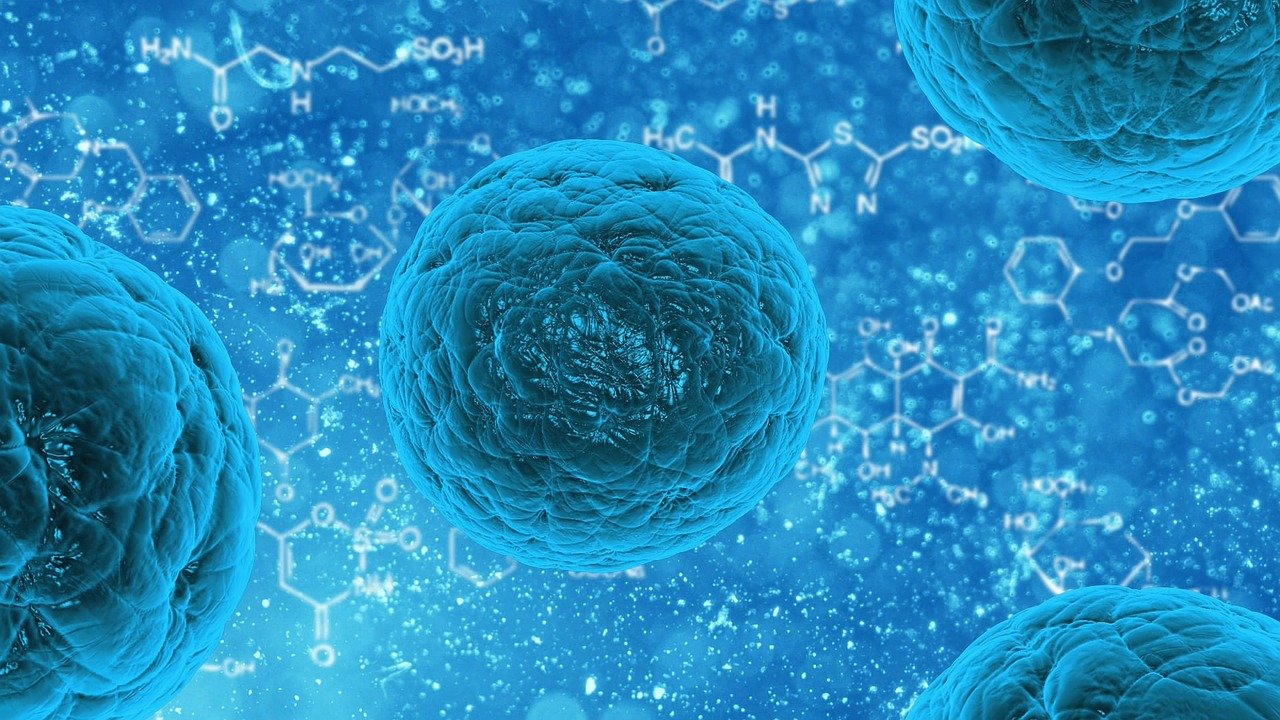
Researchers Uncover Novel Mechanisms for Decoding Bacterial Frequency Modulation in Signal Processing
Bacteria employ complex signaling networks for adaptive gene control in changing environments. Bacterial second messenger molecules, such as cyclic AMP (cAMP), relay external environmental signals into intracellular responses by employing both amplitude modulation (AM) and frequency modulation (FM) strategies. While AM has been well studied, the mechanisms by which cells decode frequency-encoded signals remain largely unknown.
In a study published in Nature Physics, a team led by Prof. JIN Fan from the National Key Laboratory of Quantitative Synthetic Biology at the Shenzhen Institutes of Advanced Technology (SIAT) of the Chinese Academy of Sciences (CAS), in collaboration with Prof. YANG Shuai from the National Science Library (Chengdu) of the CAS, revealed the fundamental physical principles underlying bacterial FM signal processing, demonstrating that FM decoding mechanisms enable bacteria to increase information entropy by approximately 2 bits compared to traditional AM in three-gene regulatory systems.
In this study, the researchers reconstructed a simplified cAMP signaling pathway in Pseudomonas aeruginosa by replacing endogenous cAMP synthesis machinery with a light-controlled system and substituting native promoters with constitutive ones. This created a precisely controllable Frequency-Decoding cAMP Circuit (FDCC) for quantitative monitoring.
According to Prof. JIN, the method functions like a programmable "signal receiver" for bacteria. "By introducing precisely controlled frequency signals, we can interrogate how the bacteria decode and react to this information," he said.
Through rigorous time-scale analysis, the researchers discovered that the FDCC system naturally exhibits hierarchical signal processing across three functional modules: a Wave Converter (M1) that operates on second-to-minute timescales to transform periodic light inputs into sawtooth cAMP concentration patterns; a Thresholding Filter (M2) acting on millisecond-to-second timescales via cooperative Vfr-cAMP binding; and an Integrator (M3) functioning on minute-to-hour timescales to convert dynamic frequency signals into stable protein expression levels.
The researchers developed complementary theoretical frameworks, including detailed chemical reaction network (CRN) models and analytical theory. Mathematical analysis revealed a critical dimensionless threshold parameter, s*, that controls the phase transition between high-pass and low-pass filtering behaviors. The system's frequency selectivity is primarily determined by this threshold: high threshold values lead to low-pass filtering, while low threshold values enable high-pass filtering.
Using an automated high-throughput experimental platform supported by the Shenzhen Synthetic Biology Infrastructure, the researchers systematically validated theoretical predictions. Quantitative analysis revealed that FM significantly expands accessible state space beyond AM alone. In two-gene systems, AM accesses 19 distinct states (~4.25 bits), while FM enables 38 states (~5.25 bits). In three-gene systems, the enhancement is even more pronounced: from 4.75 bits to 6.57 bits, representing nearly a four-fold increase in distinguishable expression patterns.
Prof. JIN explained that this means FM upgrades bacterial information processing from a single-lane road to a multi-lane highway, enabling precise control over many more genes and more complex biological functions.
This work establishes fundamental principles of frequency-based signal processing in bacterial networks, offering valuable insights for the rational design of synthetic biological circuits.

Automated platform reveals frequency modulation increases infomation entropy in bacteria. (Image by SIAT)
File Download:
